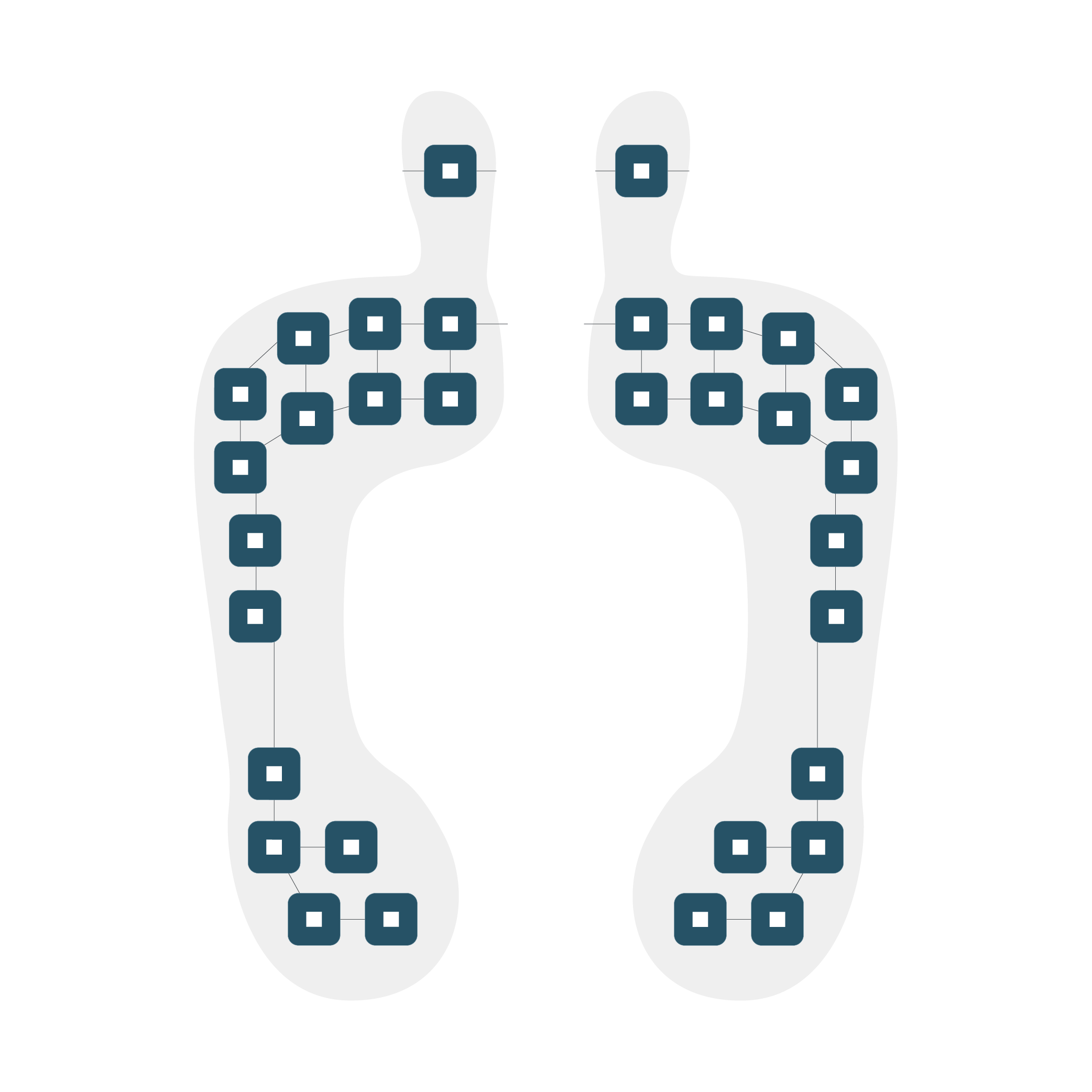Van Gelder, L. M., Bonci, T., Buckley, E. E., Price, K., Salis, F., Hadjivassiliou, M. & Hewamadduma, C.
A Single-Sensor Approach to Quantify Gait in Patients with Hereditary Spastic Paraplegia
2023 The University of Sheffield, Sheffield S10 2TN, UK
Product Used: Mitch
